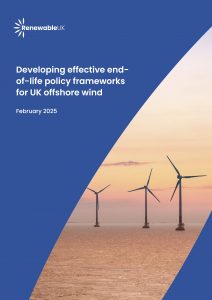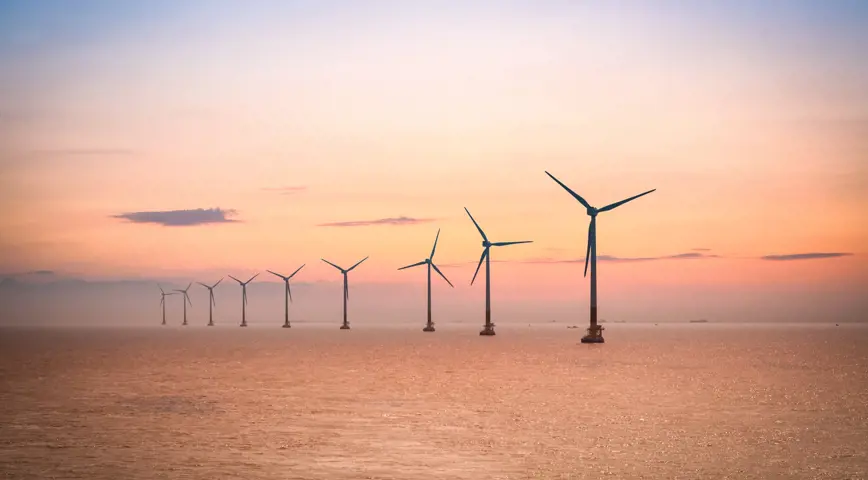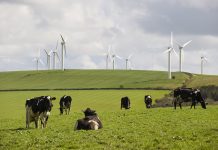 A report published today by RenewableUK sets out key proposals to enable the operational lifespan of offshore wind farms to be extended, as well as recommendations for the development of the best decommissioning options for offshore wind farms.
A report published today by RenewableUK sets out key proposals to enable the operational lifespan of offshore wind farms to be extended, as well as recommendations for the development of the best decommissioning options for offshore wind farms.
The UK’s first offshore wind farm began generating clean power in 2000, and several of the older projects are currently entering the final stages of their lifespan. Collectively, their capacity of five gigawatts is enough to power nearly four million homes.
Before any offshore wind farm project can go ahead, developers must have decommissioning plans in place, which are updated throughout the lifespan of each project.
The report, ‘Developing effective end-of-life policy frameworks for UK offshore wind’, identifies several recommendations for Governments and regulators, including:
- Clarify policies on extending the lifespan of offshore wind farms to get greater value from existing sites, as the UK risks losing 5GW of offshore wind by 2035, which is one-third of our total offshore capacity.
- Develop measures for repowering offshore wind farms, including exploring extending leases, building on recent positive steps by the Government, such as developing onshore wind repowering policies for upcoming auctions for new clean power projects (in Allocation Round 7 and beyond).
- Provide clear direction and leadership on decommissioning, including updating the existing guidance to recognise the complexity of the task and to take into account the technical, commercial and environmental challenges which offshore wind farm owners face.
The report’s co-author, RenewableUK’s Policy Manager Nick Hibberd, said, “We have a great opportunity to strengthen the UK’s energy security by leveraging existing offshore wind infrastructure – either by extending the lifespan of existing projects or by repowering sites with modern state-of-the-art models. Instead of losing offshore wind capacity, we could potentially increase it.
“With greater policy clarity on lifetime extension and repowering, we can ensure that the Government achieves its climate targets by maximising our offshore wind capacity, which is the central pillar of our future clean energy system”.
The report’s other co-author, RenewableUK’s Policy Manager Friederike Andres, said, “Policy attention is rightly focussing on building new offshore wind farms. However, with originally anticipated average lifespans of twenty to twenty-five years, the UK’s earliest offshore wind farms are currently entering their final lifespan stage.
“Clear direction and leadership are needed from Governments and regulators in developing the best possible decommissioning programme for offshore wind farms, taking full account of the complex technical, commercial and environmental factors involved, as well as enabling us to achieve the best outcomes for the marine biodiversity”.
The report, Developing effective end-of-life policy frameworks for UK offshore wind , is available here.




